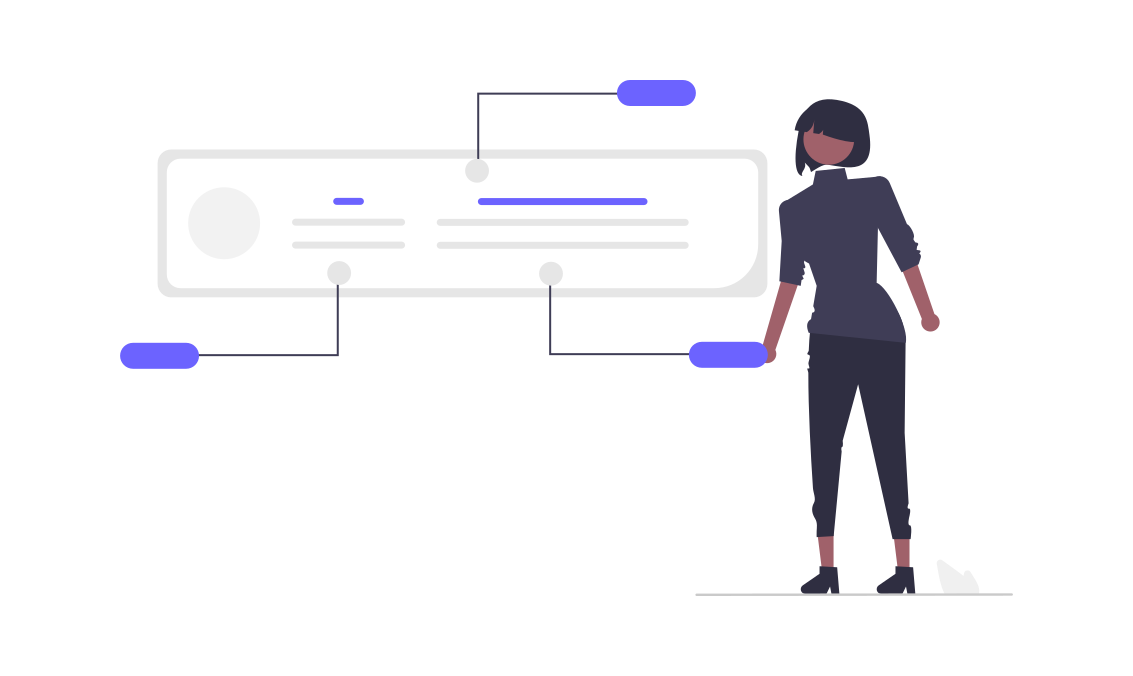The challenge of balancing personalization with scalability in Account-Based Marketing (ABM) is one of the most complex tasks marketers face today. As businesses grow and the number of target accounts increases, maintaining the same level of tailored engagement without sacrificing efficiency becomes increasingly difficult. Striking this balance is essential for achieving long-term success in ABM.
The Personalization Imperative
Personalization is at the heart of ABM. It’s what differentiates ABM from traditional marketing approaches and drives its effectiveness. Personalization involves crafting messages, content, and experiences that speak directly to the unique needs, challenges, and goals of each target account. It’s about making your audience feel understood and valued, which in turn fosters deeper relationships and improves conversion rates.
However, the more personalized your approach, the more time and resources it typically requires. This becomes a significant challenge as you scale your ABM efforts across hundreds or even thousands of accounts. The key is to find ways to maintain the depth of personalization without overwhelming your marketing and sales teams.
Scalability: The Growth Engine
Scalability, on the other hand, is about efficiency. It’s the ability to expand your ABM efforts to reach a larger number of accounts without a proportional increase in resources. Scalability ensures that your ABM strategy can grow alongside your business, enabling you to target more accounts and capture more opportunities as you scale.
The challenge lies in ensuring that as you scale, you don’t lose the personalized touch that makes ABM so effective. This requires a strategic approach that leverages technology, data, and automation to maintain personalization while expanding your reach.
Segmenting Your Accounts for Scalable Personalization
One of the most effective strategies for balancing personalization and scalability is account segmentation. Not all accounts require the same level of personalized attention. By segmenting your accounts into tiers based on their potential value, you can allocate your resources more efficiently.
-
Tier 1 Accounts: High-value accounts that warrant full, in-depth personalization. These accounts receive the most attention, with bespoke campaigns tailored to their specific needs.
-
Tier 2 Accounts: Mid-value accounts that benefit from a mix of personalized and semi-personalized approaches. Content and messaging are customized but might not be as detailed as those for Tier 1 accounts.
-
Tier 3 Accounts: Lower-value accounts where automation and templated content play a larger role. These accounts still receive relevant messaging, but with less direct customization.
This tiered approach allows you to scale your efforts while ensuring that the highest-value accounts receive the attention they deserve.
Leveraging Automation for Efficiency
Automation is a powerful tool for balancing personalization and scalability in ABM. By automating routine tasks—such as email campaigns, lead nurturing, and data collection—you free up time for your team to focus on more strategic, personalized efforts.
Marketing automation platforms can segment audiences, trigger personalized emails based on specific behaviors, and even dynamically adjust content on landing pages based on visitor data. While these automated interactions might not be as personalized as one-on-one communication, they still provide a level of customization that resonates with the target account.
Data-Driven Personalization at Scale
Data is the backbone of personalized marketing. By harnessing data effectively, you can create personalized experiences at scale. This involves leveraging insights from various data sources, such as CRM systems, website analytics, and intent data, to understand your target accounts better.
With the right data, you can personalize content, offers, and messaging based on an account’s industry, pain points, buying stage, and more. This data-driven approach ensures that even as you scale, your personalization efforts remain relevant and impactful.
Modular Content Creation
Another strategy for balancing personalization and scalability is modular content creation. Instead of creating entirely new content for each account, develop a library of content modules that can be mixed and matched to create personalized experiences.
For example, you might have different content blocks that address various pain points, industries, or product benefits. By assembling these blocks in different ways, you can create customized content for each account without starting from scratch every time. This approach not only saves time but also ensures consistency in your messaging.
Centralized Technology Platforms
Investing in a centralized ABM platform that integrates various marketing tools and data sources can significantly improve both personalization and scalability. These platforms enable you to manage all aspects of your ABM strategy from a single interface, streamlining processes and making it easier to scale your efforts.
Centralized platforms also facilitate better collaboration between marketing and sales teams, ensuring that everyone has access to the same data and tools. This alignment is crucial for maintaining a consistent and personalized approach across all touchpoints.
The Role of AI in Scalable Personalization
Artificial Intelligence (AI) is playing an increasingly important role in ABM, particularly in balancing personalization with scalability. AI-powered tools can analyze vast amounts of data to predict which accounts are most likely to convert, what content will resonate with them, and when to engage.
AI can also automate the personalization process, dynamically adjusting content and messaging based on real-time data. This not only enhances the relevance of your interactions but also allows you to scale these efforts across a larger number of accounts.
Conclusion: Achieving Balance in ABM
Balancing personalization and scalability in ABM is a complex but achievable goal. By strategically segmenting your accounts, leveraging automation, using data-driven personalization, and adopting modular content creation, you can maintain a personalized approach while scaling your efforts effectively.
As technology continues to evolve, the tools available to marketers will only improve, making it easier to achieve this balance. The key is to remain flexible and adapt your strategy as needed, ensuring that as your ABM efforts grow, they continue to deliver personalized experiences that resonate with your target accounts.


